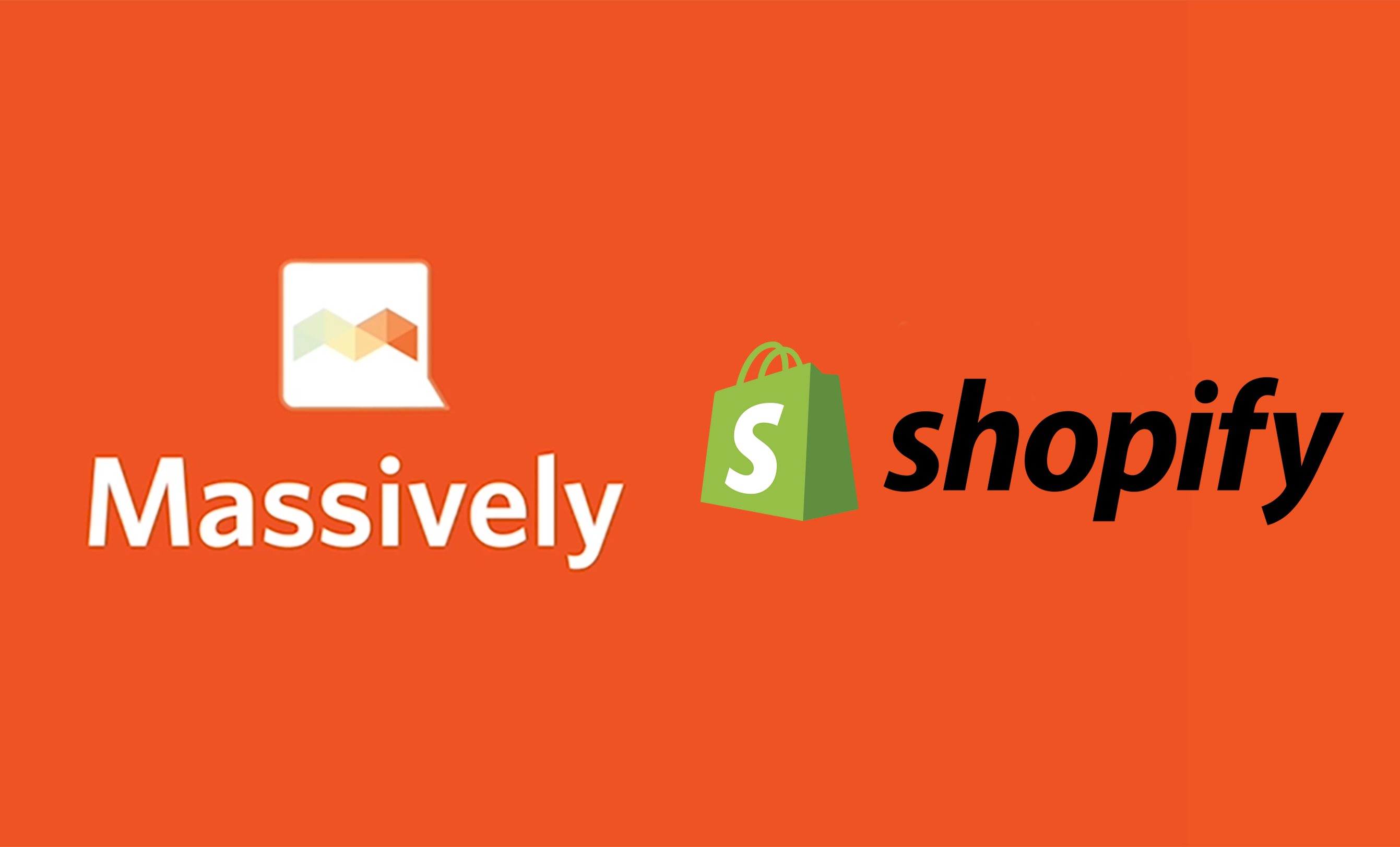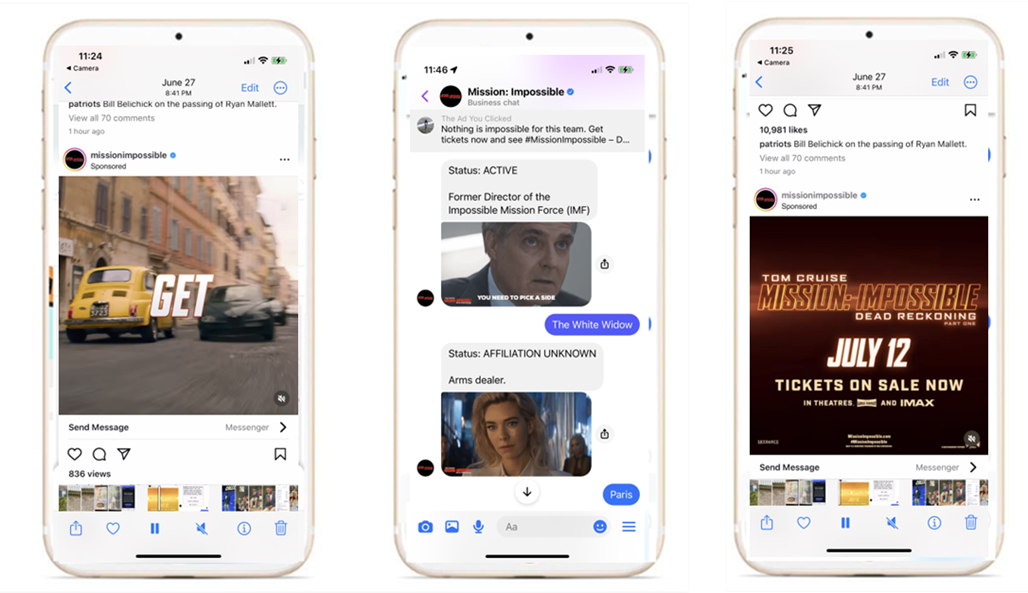
Chatbot Best Practices
Chatbots are a great way to connect with your customers 24/7, but they’re not without their challenges.
You can use a chatbot to answer questions, generate leads and help customers with their problems. In this post, we’ll walk you through some best practices for creating an effective chatbot that will help you maintain happy customers.
Offer the customer a way to get help anytime.
When you’re managing a chatbot, it’s important to make sure that your customers can get help at any time of the day or night.
The best way for a customer service bot to be successful is by creating a seamless experience for users. This means that when a user has an issue with their product or service, they should be able to get immediate answers from your company. This can be from a bot or a real person. If the question is too complex for the chatbot and a real person isn’t available, collect the customer’s contact information and make sure you manage expectations and let them know when a real person will reply.
By offering 24/7 support through messaging, your business will not only be providing excellent customer service but also ensuring that you’re able to serve more potential customers than ever before.
Know the customer.
Your customers are the lifeblood of your business. If you don’t know them, how can you create a great experience for them?
One of the best practices for creating a chatbot is to make sure that it can answer questions that require more than a simple yes or no. Instead of using your chatbot to simply provide information and answer questions, think about how you can use it as an opportunity to gather more information from your audience.
For example, if you want to collect data on your customers’ preferences, you might want to ask them what they like most about a particular product. During the interaction with your bot, prompt users with multiple choice options and ask them which option they prefer (i.e., “Do you prefer Product A or Product B?”). Depending on their response, follow up by asking them why they chose one option over another—this will help ensure that there aren’t any gaps in knowledge between what was asked and what was answered.
Give clear choices to help maintain control of the conversation.
Too often bots leave it up to the user to make assumptions about how smart they are, and users tend to assume chatbots can do everything. This leads to frustration and disappointment. Buttons, or suggested replies, help set expectations and allow you to maintain control of the conversation. Clearly disclosing the bot’s capabilities in the welcome message is another way to control the flow.
In all cases, bots should provide a way for customers to opt out of the bot and get help from a real person.
Provoke emotion.
You know what’s powerful? Emotion. It can be the most important part of your brand, product, or service, but it can also be a barrier to conversion.
This is especially true when it comes to selling. If you’re trying to sell something online and using copy that doesn’t get people excited about your product or service, why should they buy from you? They won’t—so make sure you use emotion as your secret weapon!
Emotion is a powerful motivator for sales because it makes us feel something we care deeply about: our values and beliefs. When drawing on those emotions, try asking yourself these questions: Why does this matter? How will this make me feel once I’ve gotten what I want? What does success look like for me personally (or professionally)? Once you’ve answered these questions for yourself, think about how your audience might answer them too.
Don’t get overly talkative and make it all about you.
People want to hear from you, but they don’t want the conversation to be all about you. Chatbots are an excellent way to engage with customers and build relationships, but if your bot takes up more than its fair share of airtime in a conversation, it will make customers feel like they’re being talked at rather than having a conversation.
Personalize your chatbot’s connection with the customer.
If you want to stand out from the crowd, it can be tempting to go overboard with conversational personalization. That said, there are some simple ways to give your chatbot a personal touch without being too over the top. Try using the customer’s name in your greeting and throughout the conversation. Basic acknowledgment makes them feel special but also helps you learn more about your customers so that you can provide better service!
Make your chatbot consistent in its brand voice across all touchpoints.
Consistency is key to creating a positive brand experience.
Your chatbot should be consistent in its brand voice across all touchpoints, whether it’s on-site or on social media. The same goes for tone (think: friendly vs. formal), message (what you say), look and feel (what your chatbot looks like), personality (how it talks to customers), and tone of voice (how the bot uses language).
Don’t change any aspect of your message or look without taking the time to think through what that change means for users who have grown accustomed to previous versions of your product or service.
Conclusion
Chatbots can be a great tool for customers and businesses alike, but it is important that you know what you’re doing before starting one up. If you follow these best practices then your chatbot will have a strong foundation upon which all of its features can be built!





